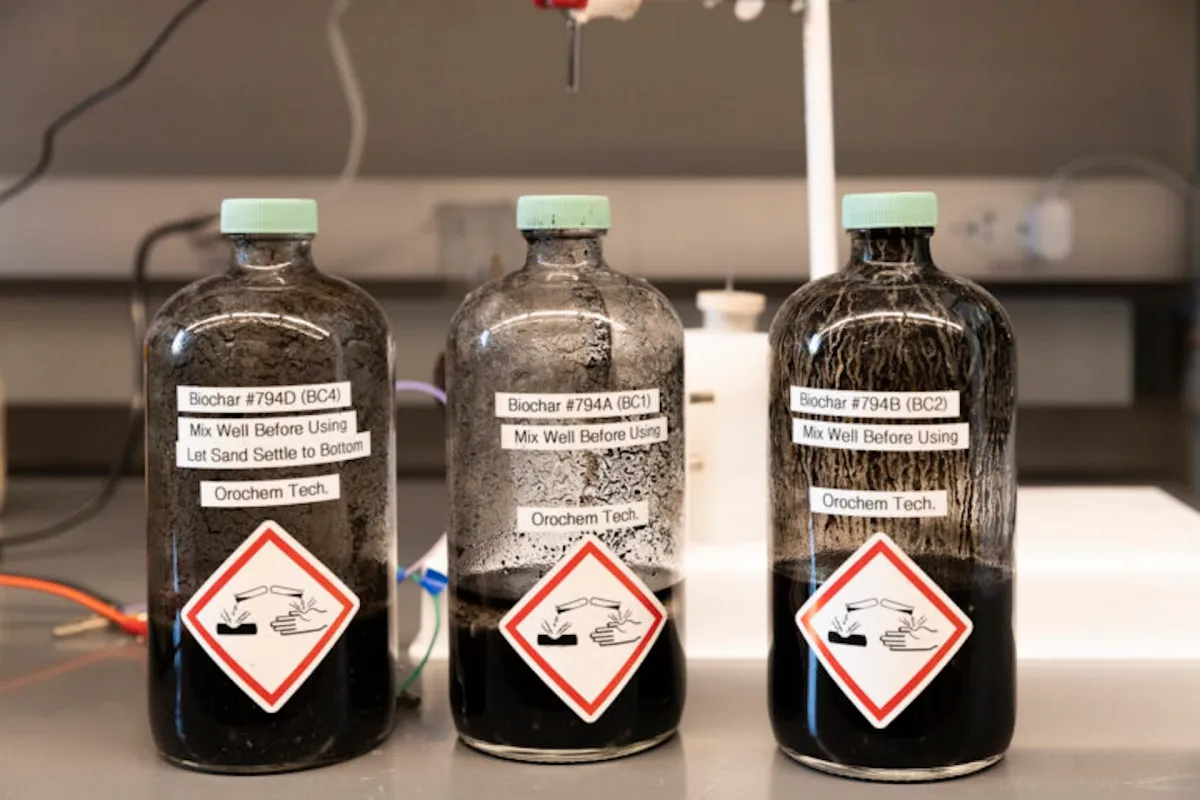Researchers at the University of Illinois Chicago have developed an innovative method to produce hydrogen fuel using sunlight and biowaste, such as manure and agricultural byproducts. This approach significantly reduces the energy required for hydrogen production by an impressive 600%.
Hydrogen fuel is celebrated for its clean-burning properties, primarily emitting water vapor as a byproduct. The National Renewable Energy Laboratory highlights the global scientific pursuit to enhance hydrogen production methods and develop hydrogen-powered technologies. In Texas, a significant government-supported project is exploring the production and utilization of this alternative fuel.
Traditionally, hydrogen is produced using natural gas, a method that is neither clean nor energy-efficient. Electrolysis, which splits hydrogen from water using electricity, is a greener alternative when powered by renewable energy. However, the high energy consumption of this process has been a considerable challenge.
The breakthrough from the Chicago research team involves the introduction of biochar, a carbon-rich substance, into the electrolysis chamber. This biochar, created by combining agricultural waste, manure, or sewage with sulfuric acid, substantially lowers the electricity needed for hydrogen production. This innovative use of biochar, packed with essential carbon, proved highly effective in their experiments.
Meenesh Singh, who leads the research team, highlighted the significance of this discovery. “We are the first group to demonstrate that hydrogen can be produced using biomass at a fraction of a volt,” Singh stated in a lab summary. “This is transformative technology.”
Remarkably, cow manure yielded the best results in their tests. The researchers discovered that even a single AA battery or solar cell provided sufficient power for hydrogen production. Using renewable energy and recycled waste streams, this method has the potential to become “net zero.” The team plans to capture and repurpose the carbon dioxide generated during the process, potentially using it to carbonate beverages.
Rohit Chauhan, a co-author of the study, emphasized the efficiency of their method: “It’s very efficient, with almost 35% conversion of biochar and solar energy into hydrogen. These are world-record numbers; it’s the highest anyone has demonstrated.”
While hydrogen is an attractive alternative to fossil fuels, it does emit nitrogen oxides when burned, potent pollutants that can cause health problems, according to the Sierra Club and the EPA. However, the U.S. Energy Department notes that hydrogen’s pollution levels are comparable to those of natural gas when used in turbines. The federal government views hydrogen as a crucial alternative fuel to help reduce global warming pollution.
The potential public health benefits of hydrogen are significant. According to the WHO, air pollution is linked to increased risks of stroke, heart, lung, and other diseases. The Chicago researchers also see potential benefits for farms, aiming to scale their now-patented technology.
Nishithan Kani, co-lead author of the study, noted the broader applications of their research: “This inexpensive method of producing hydrogen could enable farmers to be self-sufficient in their energy needs or generate new revenue streams.”

